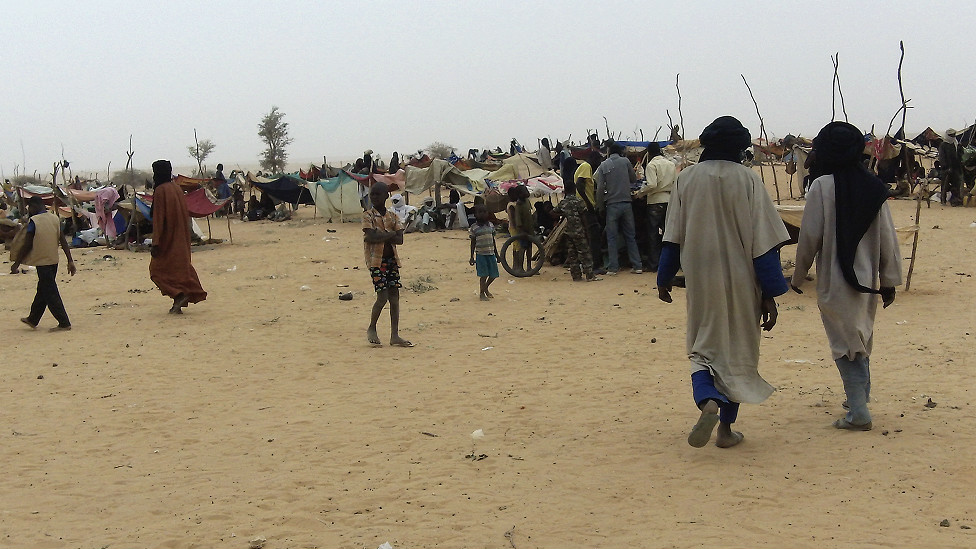 Geneva – Across Central Africa’s Sahel region, drought threatens to leave millions of people short of food this year.
Geneva – Across Central Africa’s Sahel region, drought threatens to leave millions of people short of food this year. The UN estimates that 127,000 children under age 5 will be affected by severe acute malnutrition in 2012 in Chad’s Sahel region. These children require therapeutic care and life-saving treatment. Severe acute malnutrition puts them at greater risk of opportunistic diseases including diarrhoea and skin and respiratory infections.
In response to the crisis, the UN Central Emergency Response Fund (CERF) has allocated US$1 million to the UN Children’s Fund (UNICEF) to treat 90,000 children with severe acute malnutrition. Earlier this year, CERF allocated $6 million to three UN agencies to reduce food insecurity and acute malnutrition among children under age 5 in Chad.
“Currently, 223 UNICEF nutrition centres are operational due to the significant support from CERF,” says UNICEF Chad Representative Bruno Maes. “CERF has helped UNICEF deliver life-saving food aid to more than 40,000 children admitted for severe acute malnutrition in the country.”
UNICEF is seeking an additional $18.8 million to continue its efforts to meet the growing needs of children in Chad.
At a medical clinic outside Bol, in Chad’s Lac Region, Adama Abdulai’s three-year-old son, Abdou, is being treated for severe acute malnutrition. Abdou weighs about the same as his nine-month-old brother: just 8 kilograms.
Adama, a 30-year-old mother of six, explains that while she was able to breastfeed her baby, there was not enough money to feed the rest of her family.
“Maize is so expensive in the market now and we cannot afford food every day, so sometimes we eat and sometimes we do not,” says Adama. “Our farm yielded no harvest this year so we have nowhere else to turn.”
She has been the sole breadwinner in the family since her husband left in search of work last year when food prices began to rise. He has not been back since.
In Chad, the failed rains and poor harvests of 2011 are expected to make this year’s lean season—an annual time of dwindling food stocks when families often do not have enough to eat—the most severe in years.


